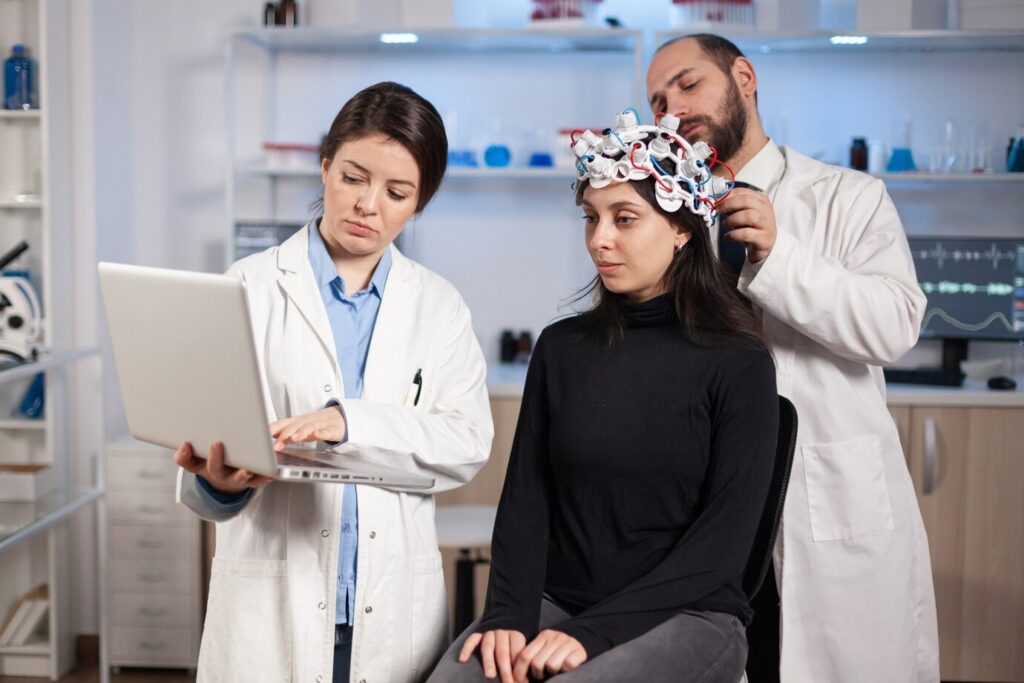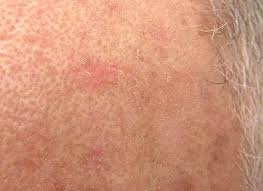
Traumatic brain injuries (TBIs) are among the most devastating types of injuries, often leading to long-term cognitive and physical impairments. However, emerging therapies like Hyperbaric Oxygen Therapy (HBOT) are showing promising results in improving brain healing post-TBI. In this blog, we’ll explore HBOT and traumatic brain injuries, examining its mechanisms of action, clinical applications, and emerging research findings.
Understanding Traumatic Brain Injuries (TBI)
Traumatic brain injuries (TBIs) represent a significant public health concern worldwide, with far-reaching implications for individuals, families, and communities. Brain injuries, or traumatic brain injuries, can vary from minor concussions to catastrophic, life-altering trauma. Understanding TBIs’ nature, causes, and consequences is crucial for effective prevention, diagnosis, and management.
Nature of Traumatic Brain Injuries
Traumatic brain injuries are a range of injuries that happen when the brain undergoes sudden trauma. These injuries can result from various causes, including falls, automobile accidents, sports injuries, assaults, and combat-related events. TBIs are classed as mild, moderate, or severe according to the extent of neurological impairment and loss of consciousness.
Causes and Risk Factors
TBIs occur due to a wide range of causes, which differ depending on the individual’s age, lifestyle, and environment. Among the most common causes are falls, especially among the elderly and young children, motor vehicle accidents, sports-related injuries, and violent assaults. Additionally, military personnel are at a higher risk of TBIs due to combat-related activities.
Consequences of Traumatic Brain Injuries
The consequences of TBIs can be profound and far-reaching, affecting nearly every aspect of an individual’s life. Memory loss, trouble concentrating, and decreased judgment are common cognitive problems following a traumatic brain injury. Motor deficits, including paralysis, muscle weakness, and coordination problems, may also occur. Additionally, TBIs can lead to emotional and behavioral changes, such as mood swings, depression, and impulsivity, which can significantly impact social interactions and relationships.
Diagnostic and Treatment Challenges
The complexity and diversity of symptoms make diagnosing and treating TBIs particularly difficult. Mild TBIs, in particular, can quickly go unnoticed or be dismissed as minor injuries, which can lead to delayed or inadequate treatment. Diagnostic tools such as imaging scans (CT scans, MRI) and neurological assessments are essential to assess the extent of brain injury and make informed treatment decisions.
Treatment options for TBIs typically focus on managing symptoms, preventing further damage, and promoting recovery. Medication to alleviate swelling and other symptoms may be part of the treatment plan, along with rehabilitative therapies to boost motor and cognitive abilities and cognitive-behavioral interventions to deal with mental health concerns.
Hyperbaric Oxygen Therapy (HBOT): An Overview
During Hyperbaric Oxygen Therapy (HBOT), the lungs can take in more oxygen than usual because they breathe pure oxygen in a pressurized chamber. After being enriched with oxygen, the blood flows to the brain, which can aid in repairing and regenerating damaged tissues. HBOT was initially developed for decompression sickness treatment in divers but has since been expanded to treat a variety of medical conditions, such as traumatic brain injuries.
Mechanisms of Brain Healing Enhanced by HBOT
Did you know hyperbaric oxygen therapy (HBOT) has shown promising results in treating several medical issues, including TBIs? HBOT can enhance the brain’s natural healing processes by providing high oxygen levels under increased atmospheric pressure and promoting recovery following injury. Many factors contribute to HBOT’s therapeutic effects on brain recovery, offering new insights into TBI management and rehabilitation.
Increased Oxygen Delivery to Damaged Brain Tissue
One of the primary advantages of HBOT is that it increases the amount of oxygen in your blood. When you breathe 100% oxygen in a pressurized chamber, your blood absorbs more oxygen, which can reach deeper into tissues, including damaged brain areas. This extra oxygen is essential for supporting cellular metabolism and energy production, repairing damaged neurons, and restoring neurological function.
Reduction of Inflammation and Oxidative Stress
After a traumatic brain injury, the brain usually undergoes an inflammatory response, releasing pro-inflammatory cytokines and reactive oxygen species (ROS). This inflammatory process can worsen tissue damage and hinder recovery. However, hyperbaric oxygen treatment has been shown to diminish inflammation by modulating the production of inflammatory mediators and increasing ROS elimination. HBOT can create a more favorable environment for brain healing and regeneration by reducing oxidative stress and dampening the inflammatory response.
Stimulation of Neurogenesis and Angiogenesis
HBOT promotes the growth of new neurons (neurogenesis) and blood vessels (angiogenesis) in the injured brain, essential for tissue repair and functional recovery. Animal studies have demonstrated that HBOT can enhance neurogenesis in brain regions affected by injury, improving cognitive and motor outcomes. Similarly, HBOT-induced angiogenesis enhances blood flow to the injured area, facilitating nutrient and oxygen delivery and promoting tissue remodeling and repair.
Preservation of Blood-Brain Barrier Integrity
The blood-brain barrier (BBB) is a critical component of the brain that protects it from hazardous substances and regulates its microenvironment. However, injuries to the brain can cause damage to neurons, leading to the crossing of inflammatory cells and toxins across the BBB. Fortunately, HBOT has been found to help preserve BBB integrity by stabilizing tight junction proteins and reducing vascular permeability. By maintaining BBB function, HBOT can mitigate secondary injury mechanisms and support the brain’s natural healing processes.
Clinical Evidence and Research Findings
HBOT has been shown in studies to improve the outcomes of individuals with traumatic brain injuries. This treatment has many benefits, including improved cognitive function, better motor abilities, and reduced cognitive deficits. Although more research is required to understand how HBOT works and to determine the most effective treatment protocols, the available evidence is promising.
Practical Applications and Future Directions
Traumatic brain injuries can have a massive influence on a patient’s life. Thus, looking at alternative therapies to improve rehabilitation outcomes is critical. Hyperbaric oxygen therapy (HBOT) is one such therapy that shows promise in TBI management. Incorporating HBOT into interdisciplinary treatment plans can lead to better rehabilitation results and improved quality of life for patients. However, there is a need for future research to optimize HBOT protocols, expand access to treatment, and explore its potential in combination therapies.
Bottom Line
HBOT represents a groundbreaking approach to enhancing brain healing after traumatic injuries. By harnessing the power of oxygen to promote regeneration and repair, HBOT offers hope for TBI patients and their families. Continued research and clinical advancements will further solidify HBOT’s role in TBI management, paving the way for improved outcomes and quality of life.











